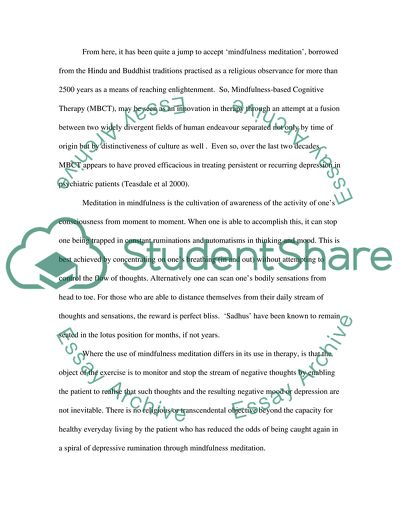Cite this document
(Mindfulness Meditation as a Treatment for Depression Case Study, n.d.)
Mindfulness Meditation as a Treatment for Depression Case Study. Retrieved from https://studentshare.org/psychology/1545810-applied-psychology-mindfulness-meditation-as-a-treatment-for-depression
Mindfulness Meditation as a Treatment for Depression Case Study. Retrieved from https://studentshare.org/psychology/1545810-applied-psychology-mindfulness-meditation-as-a-treatment-for-depression
(Mindfulness Meditation As a Treatment for Depression Case Study)
Mindfulness Meditation As a Treatment for Depression Case Study. https://studentshare.org/psychology/1545810-applied-psychology-mindfulness-meditation-as-a-treatment-for-depression.
Mindfulness Meditation As a Treatment for Depression Case Study. https://studentshare.org/psychology/1545810-applied-psychology-mindfulness-meditation-as-a-treatment-for-depression.
“Mindfulness Meditation As a Treatment for Depression Case Study”, n.d. https://studentshare.org/psychology/1545810-applied-psychology-mindfulness-meditation-as-a-treatment-for-depression.


